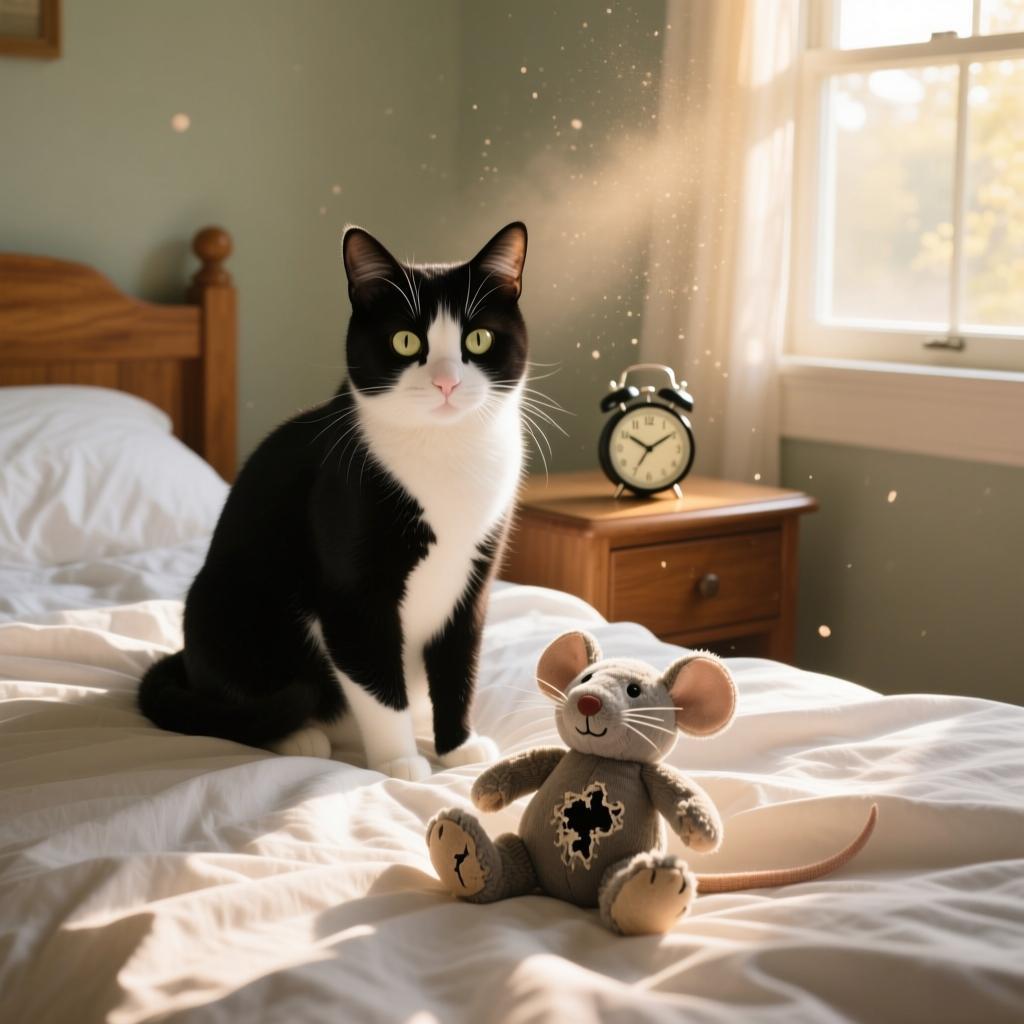Introduction: Beyond the Feline Gaze
As a veterinary behaviorist specializing in human-animal communication, I have long been fascinated by the subtle ways cats express their emotional states. Among the most intriguing—and scientifically validated—forms of feline expression is the “slow blink.” This seemingly simple behavior represents a complex interspecies communication system that, when understood, can profoundly deepen the bond between humans and cats.
The Experimental Evidence: Establishing the Slow Blink as Positive Communication
Groundbreaking research conducted at the University of Sussex provided the first empirical evidence that slow blinking functions as a positive form of communication between cats and humans. In a controlled study, researchers investigated how cats responded to two human behaviors: slow blinking and neutral face expressions.
The methodology was elegantly systematic:
-
Researchers slow blinked at cats from a consistent distance
-
They recorded the cats’ responses using high-definition cameras
-
The same cats were observed responding to neutral human expressions
Results demonstrated unequivocally that cats were significantly more likely to slow blink back at humans who slow blinked at them first. Furthermore, cats showed a greater propensity to approach an experimenter after a slow-blinking interaction compared to neutral interactions.

The Neurobehavioral Interpretation: Understanding the Smile Equivalent
From an ethological perspective, the slow blink serves as a clear-cut example of a “cut-off” signal—a behavior that reduces social tension by breaking intense eye contact. In feline social dynamics, direct, unbroken staring often precedes conflict, making the slow blink a peace-making gesture.
The physiological components reveal even deeper meaning:
-
Gradual eyelid closure: Indicates relaxation and non-threat
-
Prolonged eye narrowing: Signals trust and contentment
-
Absence of body tension: Correlates with positive emotional state
This behavioral sequence effectively translates to what humans would interpret as a warm, genuine smile—a universal signal of goodwill and affection.
Practical Application: The Cat-Human Bonding Protocol
Based on these scientific findings, I have developed a simple, evidence-based protocol for strengthening human-cat relationships through intentional blinking:
-
Ensure the cat is in a relaxed state – Choose a quiet environment where your cat appears comfortable
-
Make soft eye contact – Avoid staring intently; keep your gaze gentle
-
Slowly close your eyes – Take approximately 3-4 seconds for full closure
-
Keep eyes closed for 2 seconds – Maintain this brief moment of “mutual vulnerability”
-
Slowly reopen your eyes – Complete the sequence gradually
-
Look away briefly – Break the gaze to prevent perceived pressure
When performed correctly, most cats will respond with their own slow blink within 30-60 seconds. This reciprocal exchange represents a successful interspecies dialogue that reinforces trust and affection.
Conclusion: Speaking the Language of Trust
The scientific validation of slow blinking as positive cat-human communication provides us with a powerful, evidence-based tool for enhancing our relationships with feline companions. This simple, replicable behavior transcends anthropomorphic interpretation and gives us genuine insight into the feline emotional world. By incorporating this knowledge into our daily interactions, we move beyond simply caring for cats to truly understanding them.
Academic Reference
Humphrey, T., Proops, L., Forman, J., Spooner, R., & McComb, K. (2020). The role of cat eye narrowing movements in cat–human communication. Scientific Reports, 10(1), 16503.
This pioneering study from the University of Sussex provides the first empirical evidence that slow blinking serves as positive communication between cats and humans, demonstrating that cats are more likely to approach an experimenter after a slow-blinking interaction and are more likely to slow blink back when humans initiate the behavior.



